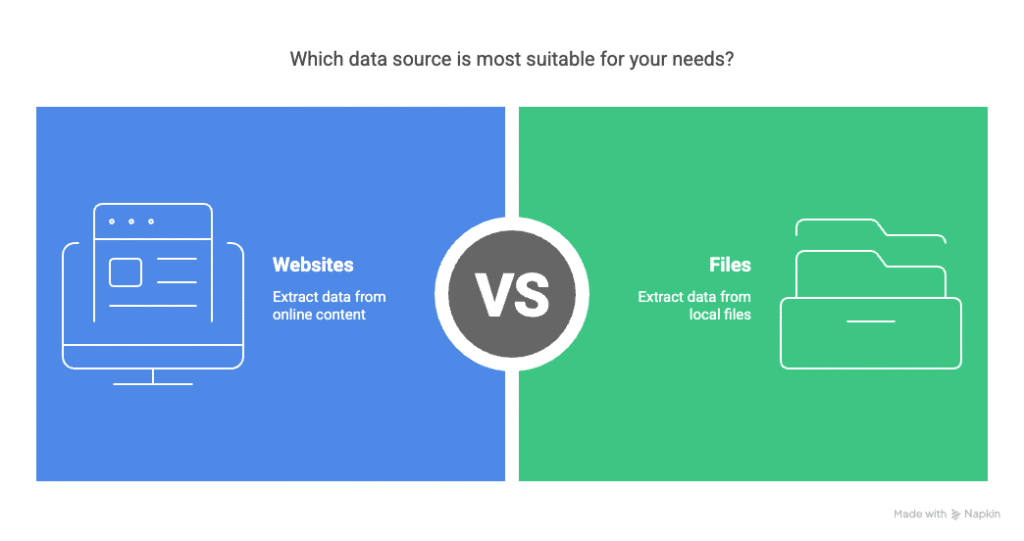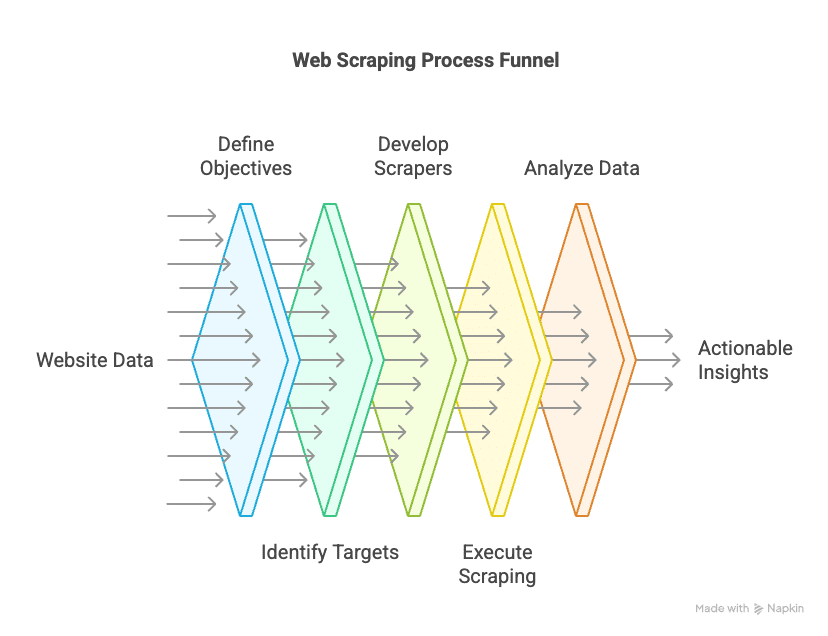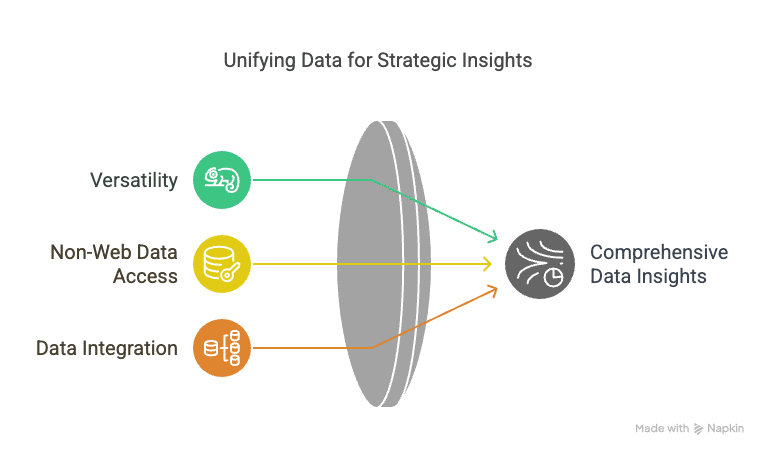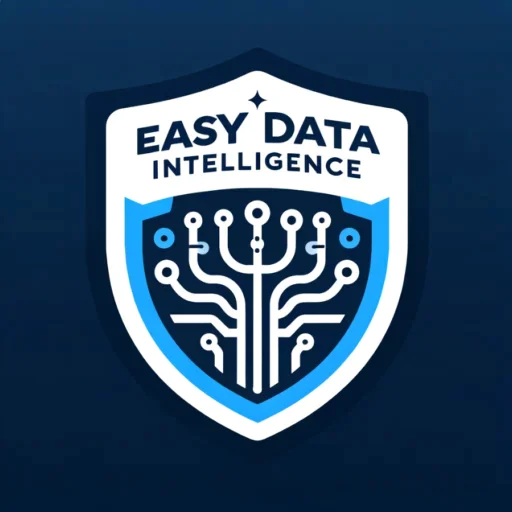Introduction: Understanding the Difference Between Data Scraping and Web Scraping
In the world of automated data collection, two terms often used interchangeably are data scraping and web scraping. However, despite their similarities, there are distinct differences between the two that can affect how businesses and researchers gather and use data. Understanding the difference between data scraping and web scraping is crucial for selecting the right technique for your project, whether you’re extracting data from websites or other data sources. In this article, we’ll explore the key distinctions between these two processes and help you understand when to use each one.
- Introduction: Understanding the Difference Between Data Scraping and Web Scraping
- What is Data Scraping?
- What is Web Scraping?
- Key Differences Between Data Scraping and Web Scraping
- Advantages and Use Cases for Data Scraping
- Advantages and Use Cases for Web Scraping
- Conclusion: Choosing Between Data Scraping and Web Scraping
What is Data Scraping?
Data scraping refers to the broader practice of extracting data from various sources. This can include websites, databases, files, or APIs. Data scraping involves using automated tools or scripts to collect structured or unstructured data from these sources. The collected data is often stored in a usable format like CSV, Excel, or a database for further processing and analysis.
Data scraping can be done from various types of sources:
- Websites: Using web scraping tools to extract data from online content.
- Files: Extracting data from local files, such as PDFs, spreadsheets, or text files.
- APIs: Retrieving data from publicly available or proprietary APIs that provide structured data.
Data scraping can be applied to many industries and is useful for collecting insights from a wide range of data sources. It is not limited to websites, and it encompasses any form of automated data extraction, including web scraping.

What is Web Scraping?
Web scraping, on the other hand, is a specific type of data scraping that focuses exclusively on extracting data from websites. It involves using automated tools to extract information such as product listings, prices, reviews, and other relevant data from web pages. Web scraping typically involves parsing HTML or XML content and converting it into structured data that can be analyzed or stored.
Web scraping is commonly used for:
- Competitor analysis: Scraping competitor websites to track prices, products, and services.
- Market research: Collecting data on consumer behavior, trends, and preferences from websites.
- Lead generation: Extracting contact details from directories or job boards for sales and marketing purposes.
While web scraping is a type of data scraping, it is a more specific technique used to target websites and online content.

Key Differences Between Data Scraping and Web Scraping
-
Scope of Data Sources
The primary difference between data scraping and web scraping lies in the sources from which the data is collected. Data scraping can be performed on a variety of sources, such as files, APIs, databases, and websites. In contrast, web scraping is limited to extracting data from websites or web pages. -
Tools and Techniques
Data scraping can involve different techniques depending on the source of the data. For example, when scraping data from APIs, developers may use RESTful requests to retrieve data in structured formats like JSON or XML. For scraping data from files, tools like regular expressions or specialized file parsers might be used.
Web scraping, however, typically involves using web scraping tools like BeautifulSoup, Scrapy, or Selenium to parse HTML, extract content, and interact with web pages. -
Use Cases
While both data scraping and web scraping are used for automated data collection, their use cases can differ. Data scraping is more versatile and can be applied across a range of data sources, including websites, APIs, and files. It is ideal for extracting data from structured sources like databases or unstructured sources like PDFs.
Web scraping, however, is specifically used for gathering data from websites. It is ideal for businesses looking to track online competitor pricing, product listings, customer reviews, and other web-based information. -
Data Types
The type of data being collected can also differ between data scraping and web scraping. Data scraping might involve extracting a mix of structured data (like from APIs or databases) and unstructured data (such as text from documents or PDFs). Web scraping, on the other hand, often focuses on extracting structured data such as text, images, or links embedded in HTML web pages, making it particularly useful for e-commerce or market research. -
Challenges and Considerations
The challenges associated with data scraping often depend on the data source. For example, when scraping data from websites, challenges include dealing with dynamic content, JavaScript rendering, CAPTCHAs, and pagination. In contrast, scraping from APIs or databases may involve handling authentication protocols or managing rate limits. Web scraping often faces specific hurdles, such as the website’s structure changing frequently, leading to the need for constant script updates.
Advantages and Use Cases for Data Scraping
- Versatility: Data scraping can be applied to a wide range of data sources, making it useful in various industries, including marketing, finance, research, and more.
- Access to Non-Web Data: Data scraping can also be used to gather data from sources outside of websites, such as business directories, APIs, or files.
- Data Integration: It enables businesses to integrate data from multiple sources into one comprehensive system, providing a more holistic view of trends and insights.

Advantages and Use Cases for Web Scraping
- Real-Time Market Monitoring: Web scraping is particularly useful for businesses that need to track real-time data from competitor websites, such as pricing information, product availability, or promotions.
- E-commerce: Web scraping can be used to monitor product data, customer reviews, and market trends in the e-commerce industry, helping businesses stay competitive.
- Lead Generation: Web scraping allows businesses to gather contact details and company information from online directories and job boards, helping to build targeted sales leads.

Conclusion: Choosing Between Data Scraping and Web Scraping
In summary, the difference between data scraping and web scraping comes down to the scope of the data source. Data scraping is a broader term that refers to extracting data from various sources, including websites, files, APIs, and databases. Web scraping, on the other hand, is a specific type of data scraping focused exclusively on extracting data from websites. Understanding the distinction between these two techniques helps businesses choose the right approach based on their data collection needs.
For more information on how Easy Data can help with your web scraping and data scraping needs, visit EasyData.io.vn.
External Links


Leave a Reply